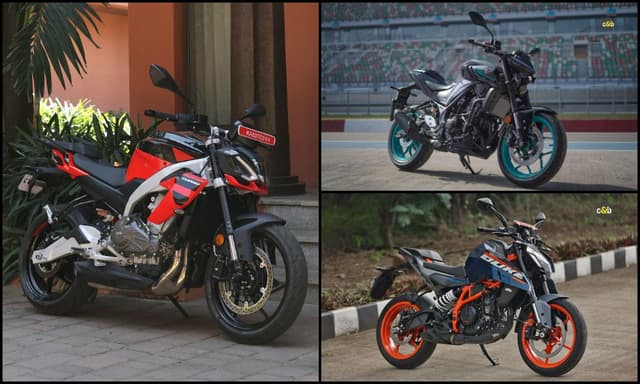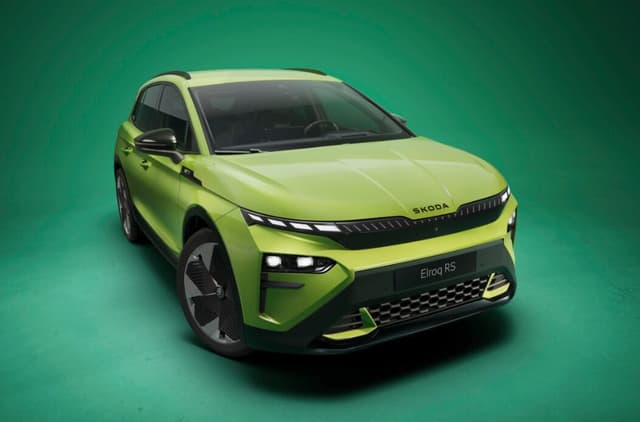Importing a Vehicle in India: A Guide of RTO Rules and Regulations

Highlights
- New imported vehicles should be manufactured & assembled in foreign land
- Used imported vehicle should not be more than three years old
- Import duty is the main reason that imported vehicles are so expensive
Importing a vehicle comes in the category of foreign trade which involves various departments such as the Ministry of Commerce and Industry, Directorate General of Foreign Trade, Export-Import Policy Department. Therefore, to import a vehicle, you must follow the rules and guidelines provided by the RTO.
Let's talk about some basic requirements before diving deeper into the topic:
- The vehicle's instrument cluster should follow Indian measuring units.
- If the imported vehicle is a car, it should be right-hand driven.
- The photometry of the vehicle should comply with the ‘Keep Left' traffic.

The imported vehicles are divided into two categories:
- New Imported Vehicles
- Used Imported Vehicles
Both the categories have a set of different rules and regulations apart from the basic ones mentioned earlier in the article.
New Imported Vehicles

Photo Credit: upload.wikimedia.org
In order to be considered as a new imported vehicle, the vehicle should check all the eligibility norms provided by RTO.
- The vehicle should be manufactured and assembled only in foreign lands.
- Before the importation procedure, the vehicle should not have been used or leased to anyone.
- The vehicle must not be registered in any country except India before importation.
- The vehicle should have a certificate of compliance meeting the criteria of Central Motor Vehicle Rules (CMVR), 1989. rule number 126, along with proof of compliance i.e., to be submitted before 6 months of importation.
Used Imported Vehicles
The criteria to be considered as a Used Imported Vehicle are as follows:
- The age of the vehicle should not be more than three years.
- The vehicle must comply with the guidelines provided in the Motor Vehicle Act of 1988.
- The dealer or the importer should also submit a certificate issued by a testing agency stating that the vehicle is being imported to India and it has been tested and complies with the original homologation certificate.

Photo Credit: cdn.pixabay.com
Now let's talk about Import Duty. This is the major reason for the exorbitant expenses involved in importing a vehicle. The importer has to pay the import duty charged on the vehicle according to its category, cubic capacity of the engine, vehicle type, Cost, Freight, and Motor Insurance Value of the car.
Registration of Vehicle
If all the above-stated guidelines are followed, your vehicle can be registered by the RTO. Initially, for the first seven days, a temporary RTO registration number will be provided, after which you can apply for a permanent registration number.
Related Articles
Latest News
- Home
- News
- Auto Industry
- Importing a Vehicle in India: A Guide of RTO Rules and Regulations














